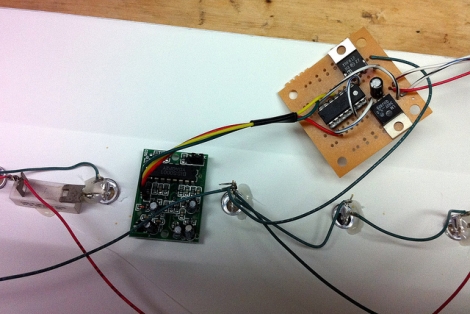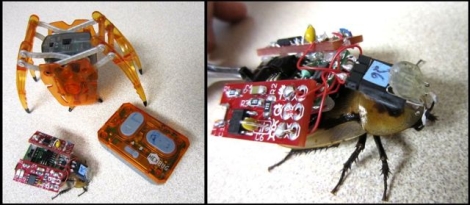
[Garret] over at Macetech wanted to supplement the lighting over his kitchen sink, which is always too dark at night. He says his house is a “geek house”, so a standard light socket just wouldn’t do – he would have to construct a LED bar for over the sink instead.
Since nobody wants to use a light switch with wet or messy hands, he did what anyone would do and rigged up a motion detection circuit to automatically turn the lights on and off for him. 16 bright white 10mm LEDs were mounted in some foam core board, along with a PIR motion sensor. He used an ATiny84 to handle the PWM fade-in and fade-out of the lights, as well as to keep track of the activity (or lack thereof) at the sink.
He does admit that the ATiny84 is way overpowered for this project, but he lacked anything smaller, and says that 555 timers wouldn’t give him the smooth light fading that he desired. Regardless, it works as advertised, and now nobody has to peel potatoes in the dark any more.
Continue reading to check out a quick video demo of the motion-sensing light system.
Continue reading “Shedding Some Light On Your Kitchen Chores”
















